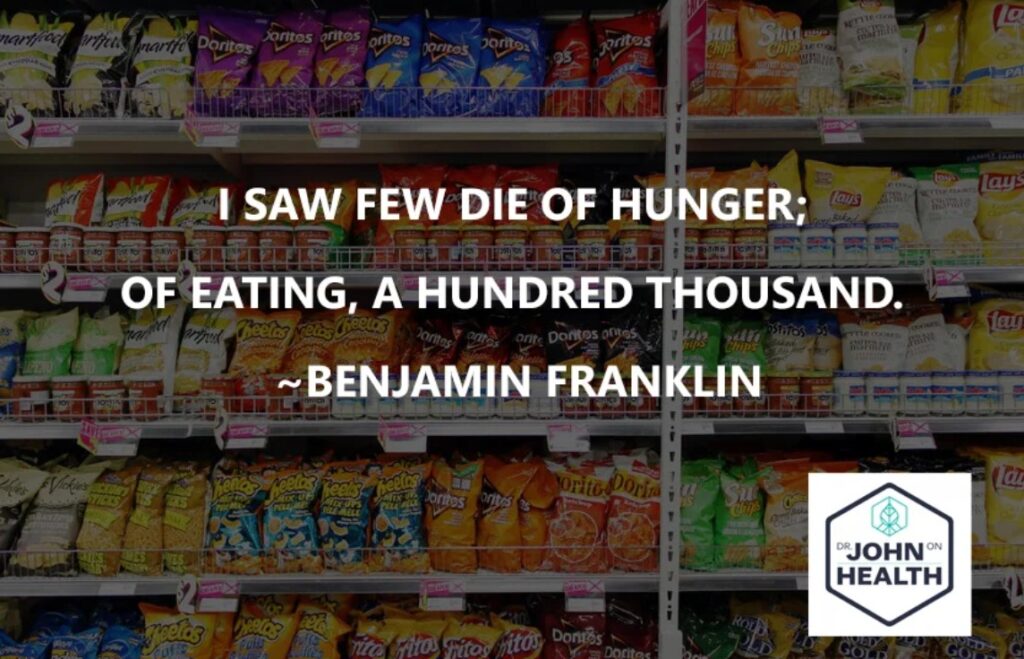
Everyone is anxious to get vaccinated to prevent infection by the novel coronavirus. Let me explain a few basics about the coronavirus infection and the immune system in our body.
The coronavirus usually enters the body through the nose. It attaches to a cell using its spike protein (the protrusions you see in drawings of the virus) to drill into the cell wall. Once inside, it prompts the gene in charge of protein production to issue a work order to make copies of the virus. This order is carried to the manufacturing facility outside the cell nucleus by messenger proteins, mRNA. Once copies are made, they exit the cell and move to infect more cells in the body.
If you go up to a mirror and breathe on it, the mirror gets cloudy. This is because of water droplets coming out of the lungs. If you have the coronavirus, these droplets could carry it to others around you. Depending on their size, the droplets could stay suspended in the air for hours and travel in the air current. Anyone breathing the droplets could inhale the virus and the cycle starts again in their body.
Once the immune system becomes aware of the presence of the virus, it has two distinct responses. First, it produces antibodies designed to block the attachment of the spike protein to a cell surface. However, the antibody production process usually takes about two weeks to be strong enough to fully block the virus. Next, the body creates memory cells in the immune system capable of activating the production of antibodies if you become exposed to the virus later on.
There are actually seven coronaviruses known to infect humans, and COVID-19 is just one of them. However, coronaviruses mutate, meaning they incur a change in any one of the 30,000 building blocks called nucleotides in their structure. Any change affects how the virus might behave. One change might allow the virus to be attached to cells for a longer period of time, or the virus might become more capable of evading the immune system. Mutations could allow the virus to multiply and infect more people.
If, on the other hand, eighty percent of people in a region develop antibodies, called herd immunity, it makes it difficult for the virus to find a host body to infect and the spreading of the virus is slowed. The safest way to achieve herd immunity is through vaccination before people get sick and die. Some think herd immunity can also be achieved by just letting the virus spread through a population and infect hundreds of millions of people, but in that method, the risk is that millions might die.
At present, it appears that the memory cells can remain vigilant against the virus for up to six months after someone is infected with COVID-19. The same duration against infection is expected from vaccination. This degree of protection is what is needed to stop the virus spread around the world.

The good news is that , worldwide, over 50 COVID-19 vaccines are in clinical trials. In the USA, Pfizer and Moderna have early use approval for COVID-19 vaccines based on the mRNA protein which simulates the coronavirus spike and triggers the immune system to make antibodies. AstraZeneca is making a vaccine developed by Oxford using a tweaked version of a virus found in chimpanzees. The chimpanzee virus is then loaded with a synthesized reproduction of the spike protein that triggers the immune system in a similar way to Pfizer and Moderna. Johnson & Johnson’s coronavirus vaccine is a genetically engineered version of adenovirus 26, which can cause the common cold, but gene tinkering has disabled it. It also delivers the genetic instructions to make a piece of spike protein.
Currently, if you are infected and at a high risk for disease progression, you may get anti-SARS-CoV-2 monoclonal antibodies to slow the progression. Remdesivir, an antiviral agent, is approved by the FDA for the treatment of COVID-19 in hospitalized patients who require supplemental oxygen. Dexamethasone, a corticosteroid, has been found to improve survival in hospitalized patients who require supplemental oxygen, with the greatest effect observed in patients who require mechanical ventilation.
Considering all the above information about the dangers of coronavirus and the need for hundreds of millions of people to get vaccinated, you can understand why it is vital that everyone continue to practice social distancing, wearing a mask, and avoiding indoor groups where you might breath in the virus from people unaware they are infected.
 Diabetes: The Real Cause & The Right Cure. 8 Steps to Reverse Your Diabetes in 8 Weeks If you have been diagnosed with Type 2 Diabetes, this informative yet easy to use book that will help you or a loved one reverse it in 8 weeks. My plan will also help you to remain diabetes free as you will take this on as a lifestyle. Make better choices and take ownership of your health today.
Diabetes: The Real Cause & The Right Cure. 8 Steps to Reverse Your Diabetes in 8 Weeks If you have been diagnosed with Type 2 Diabetes, this informative yet easy to use book that will help you or a loved one reverse it in 8 weeks. My plan will also help you to remain diabetes free as you will take this on as a lifestyle. Make better choices and take ownership of your health today.
Now you can start making healthy steps while simply listening to the book!!! 
Click on this image to get the audiobook



